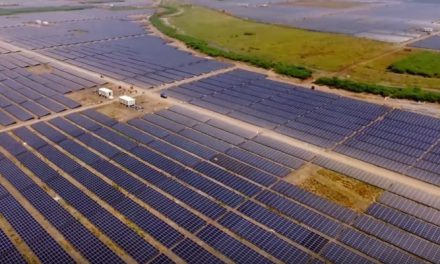Nepal is one of the greenest country in the world, sitting on top of the world , home to world’s highest peak Mount Everest. Its nonparallel picturesque terrains offers people breathtaking experiences.
But after the sunset, problem starts. Power cuts. Nepal has no known major oil, gas, or coal reserves, Much of its electricity comes from hydro power, almost 85 % to 90 % . There are plants in Nepal which are producing electricity but are not really enough for ever growing population . Electricity issues has become nightmarish for its 28.51 m people (2015 census). Nepal is facing a enormous power crisis with almost 8 to 10 hours of power cut daily . Only between 35 to 40 % people in Nepal has access to electricity.
Some of its hydro-electric power plants are Kali Gandaki, Kulekhani I, Kulekhani II, Middle Marsyangdi, Marsyangdi etc. Some plants are under construction Upper Tamakoshi Project, Kulekhani III, Trishuli 3A.
Current estimates put Nepal’s economically feasible hydro power potential to be approximately 83,000 MW but so far Nepal has only been able to generate 600 MW through its hydro Plants.
There are diesel electric power plants as well like Duhabi Multifuel which started way back in 1972 or the latest one Hetauda. As fossil fuel are expensive to import, Nepal government has focused its attention to solar power and wind power as well, private firms do use solar panels to generate electricity but its very few in number.
India currently Supply 345 MW to Nepal , a new 80 MW electricity supply deal was signed during the visit by Hon Energy Minister Janardan Sharma in 2016 who had held discussions with Indian Union Power Minster Piyush Goyal for quite a some times now. this extra 80 MW hopes to make Kathmandu a load shading free zone even though existing infrastructure needs to be upgraded .
Nepal-India Electricity Transmission and Trade Project has been inked to start transmitting 1000 MW electricity to Nepal and installation of two 220 kilovolt (kV) transmission lines between Hetauda-Bharatpur and Bharatpur-Bardaghat, and associated sub-stations
Source : World bank
Image Courtesy : Pixabay





